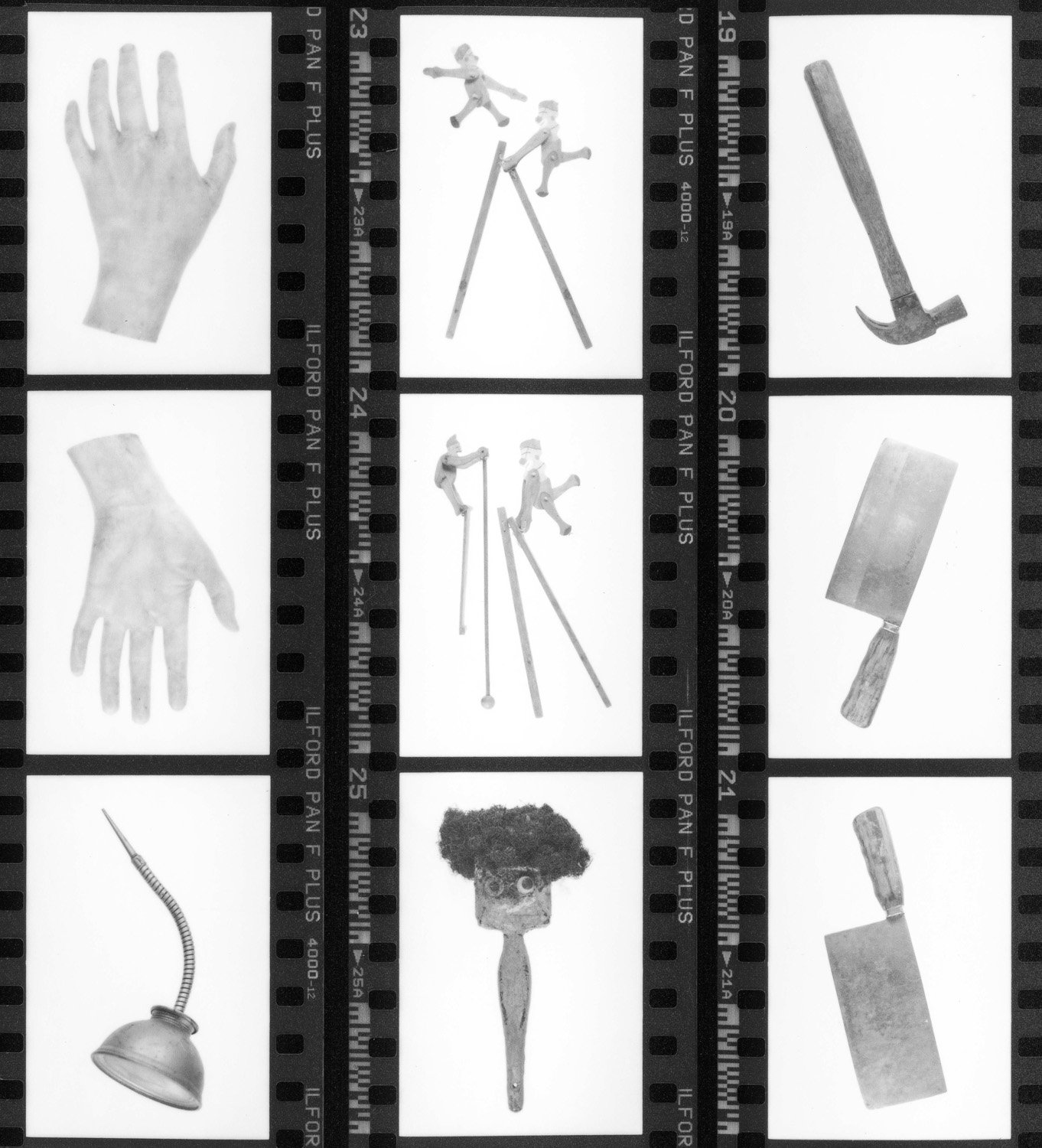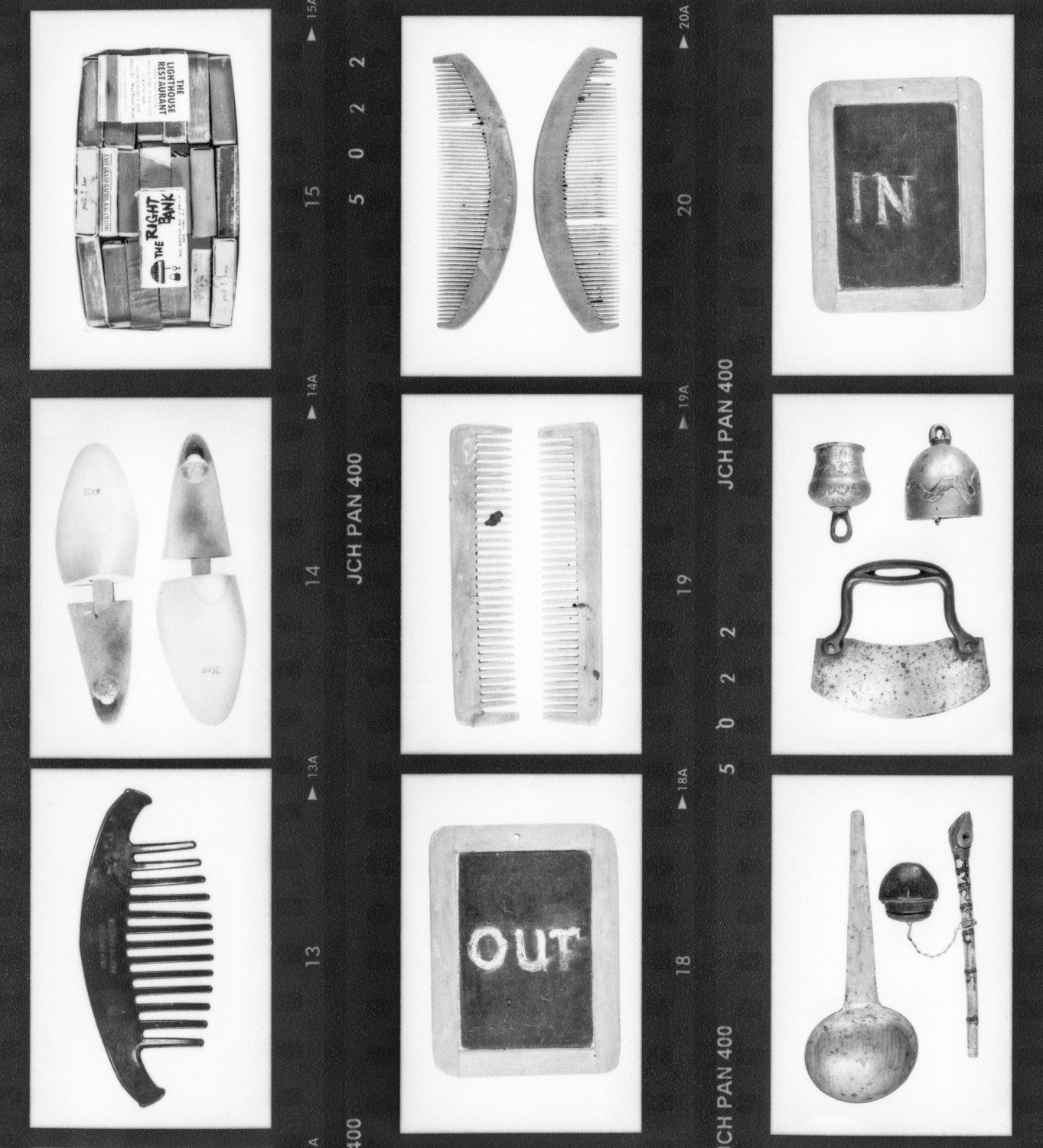First Look 2024 Artist Interview: Jordan Douglas
We took a moment to dive into the artistic processes behind the artists in First Look 2024 to learn about their process, projects, and what inspires them to create work.
(Panopticon) How did you become a photographer? what drove you to choose art as a career?
(Douglas) As a child, I was steeped in art, as my father was an accomplished painter and teacher. I had always appreciated photography, but gravitated to drawing and painting. As an art student at the University of Vermont, I enrolled in my first darkroom photography course in January 1998, and soon became completely immersed in the medium. I took every course and independent study I could, and began assistant teaching. My main interest was in the variabilities of alternative darkroom processes; the aspects of the medium that are uniquely distinct from digital modes. I was given the opportunity to teach an introductory darkroom college course the summer after graduation, and a career path opened. I became an adjunct art professor at U.V.M., St. Michael's College and then, Champlain College. All the while I've produced bodies of work that have evolved across various techniques and subjects, much of which refers to photography itself. I have been exhibiting my work since 1999, and I continue to be fascinated by the seemingly endless possibilities of analog photography.
My Father’s Things, Contact Grid #8
What’s the intended audience for your work, if you have one? What communities are you trying to speak to?
I hope that my work resonates with everyone, especially when the themes refer to identity and memory–as with "My Father's Things". People bring their own associations to the objects in the images, but beneath the aesthetic study of things there are the humanist narratives of family, biography, cultural inheritance, and loss.
I do find, however, that photographers take particular interest in my work, as they either understand or are intrigued by the techniques in my process-driven work, or may simply appreciate the references to photography.
What does your photographic/artistic practice look like?
I keep 2 quirky plastic film cameras with me at all times and shoot whenever inspiration rises. One is a medium format Holga–which takes square, vignetted shots that occasionally have light leaks, and the
other is a 35mm extra wide-angle camera which makes surprisingly sharp images that have a playful, stretched look. Neither of these cameras has a light meter nor do they allow control over shutter speed and aperture, so they invite a direct, immediate experience as I capture bits of the world around me. When I have a creative project, I pursue it as vigorously as possible and use better cameras. For "My Father's Things," I photograph objects collected from my dad's house and studio, piece by piece over a light box with an old Nikkormat 35mm film camera and a Nikor macro lens. I shot around 12 rolls of b+w film across several months around my teaching schedule. From the scanned analog contact sheets, I've been producing grids and printing the images in 2 sizes: on 8.5x11-inch and 17x22-inch cotton matte paper. The first few rounds of editing and printing yielded experiments that informed successive refinements. Eventually, I developed a style and themes in the series that I continue to expand upon. When I am given exhibition opportunities, I do all my own matting + framing. For "My Father's Things, Contact Grids" I made the frames from boards of cherry wood.
I print in the darkroom as often as possible, and have several bodies of work that I return to. For fun, I print 8x9-inch Holga prints on fiber warmtone paper, and have amassed over 200 printed images. To me, they have a charming simplicity, though I typically shoot scenes that have a sense of dimension: a layer beyond the obvious subject. I've had several shows of Holga work and sell prints through my website. "(Re)Membering" involves photographing anonymous vintage photographs so that I may print the antique portraits with my own negatives onto 11x14-inch cotton watercolor paper with hand-applied silver gelatin photo emulsion. I love using the unique darkroom lith printing process, and have employed it with several series–such as "Images of Havana," in 2015. Since my supply of suitable lith papers (which are no longer produced) is dwindling, I reserve the technique for specific shows. Every now and again, I produce another image in the Fingerprint Series, which is created without a camera and completely through chemical process.
Currently, I am printing 10 darkroom prints to be framed for a commission. I am also conceptualizing a new body of work which investigates the intersection of the vulnerabilities of our physical existence with the cold objectivity of technology.
What compels you to choose your subjects? What do you find calls to you?
I am compelled by photography and its ability to hold a moment open for endless scrutiny, to keep a face unchanged beyond the life of its subject, to inform how we remember. It's delightful to capture a piece of the world that already exists, outside the camera, and find ways of expressing that subject in my own voice. But, I am most interested in inventing with the medium–of creating something through the lens or with photographic process that didn't previously exist in that way–in transforming subject matter into something distinctly new. When one shoots a roll of film, the 36 exposures are in chronological sequence, and the norm is to evaluate each shot individually. Beginning with "Triptychs" in 2009, I've been looking at how multiple frames can be presented together. With "My Father's Things", I am not only selecting specific objects to shoot with the scale-democratizing syntax of the film's frame, but I am recontextualizing the sequence by cropping grids of the frames from the contact sheets. The interior objects are presented in groups and may converse with each other, outside the bounds of the single frame. The Contact Grids have varied from quads of 4 to as many as 20 frames.
Are there any particular messages or dialogues that you want people to take away from your work?
My wish is to hold the viewer's attention beyond the first glance, to offer avenues into deeper layers. I want people to discover something different each time they look at my images and also to allow them to
interpret what they are seeing. With "My Father's Things", each grid has at least 4 frames to absorb; and their relationships may raise questions: Why are these particular objects presented at once? How are they speaking to each other? How do they describe the man who previously possessed them, the subject of the series? With "(Re)Membering", the re-printed portraits are not only aesthetic reflections of old photographs, but they speak to the fragilities of memory as well as of the medium itself. The found photographs are ancestors detached from their families, and many reveal damaged emulsion, chemical spots, and cracked surfaces. One of the images in the series is of a mid-19th Century ambrotype, a beautiful direct positive photograph printed on a deep red glass plate, that had been dropped and broken into 10 shards. Photography, like history, may fade, may have infinite interpretations, and may be lost to time and circumstance.
My Father’s Things, Contact Grid #4
With the subject of this work being so close to home, has this creative process differed from past projects?
The impetus for shooting objects that has resulted in "My Father's Things, Contact Grids" builds off the ideas behind "Of Gavin", which was an homage to my younger brother who died suddenly of a heart attack in 2017. The latter is a series of lith prints and liquid emulsion prints of my brother's possessions–many of which he kept from childhood. Mainly, the images are single frames, though there are a few diptychs. For both projects, my intention is to represent and remember my family as well as to see myself in the reflections.
Learn more about Jordan here. All work is available for purchase. Please contact director@panopticongallery.com
My Father’s Things, Contact Grid #6




